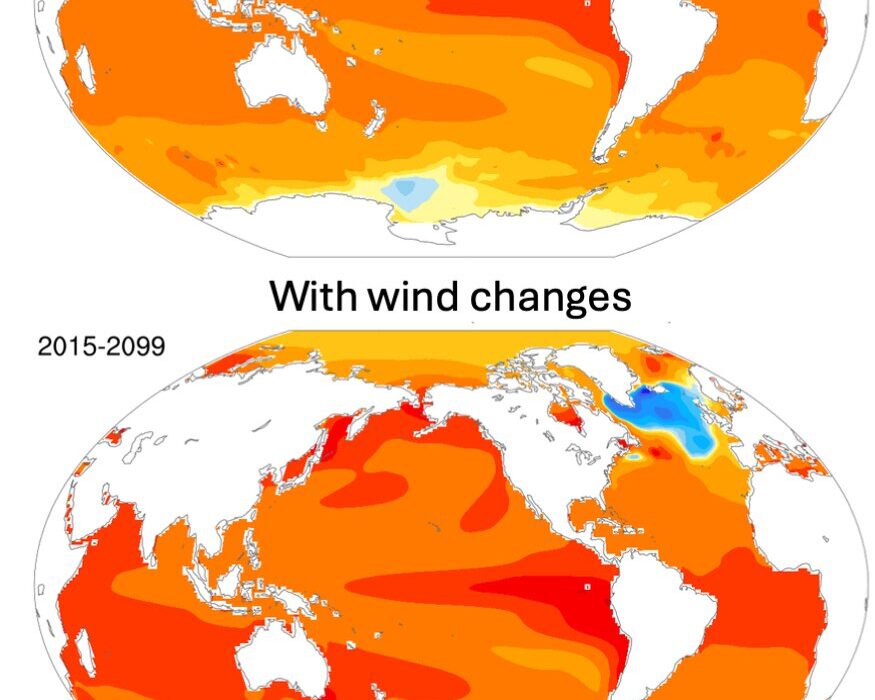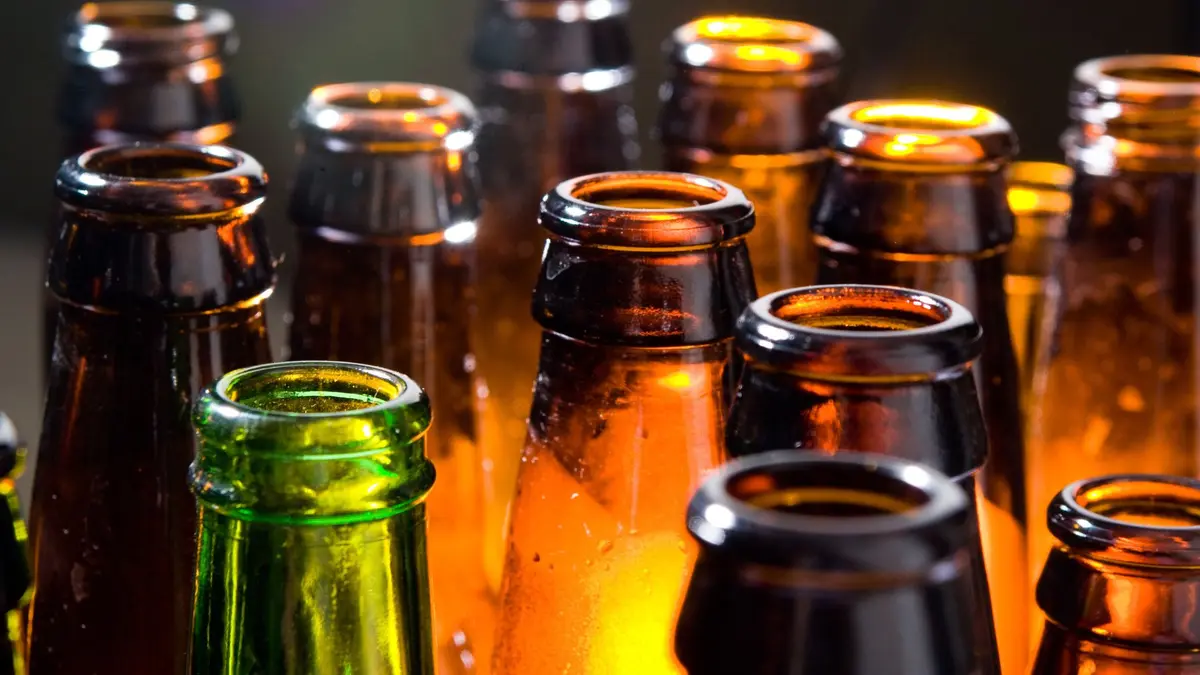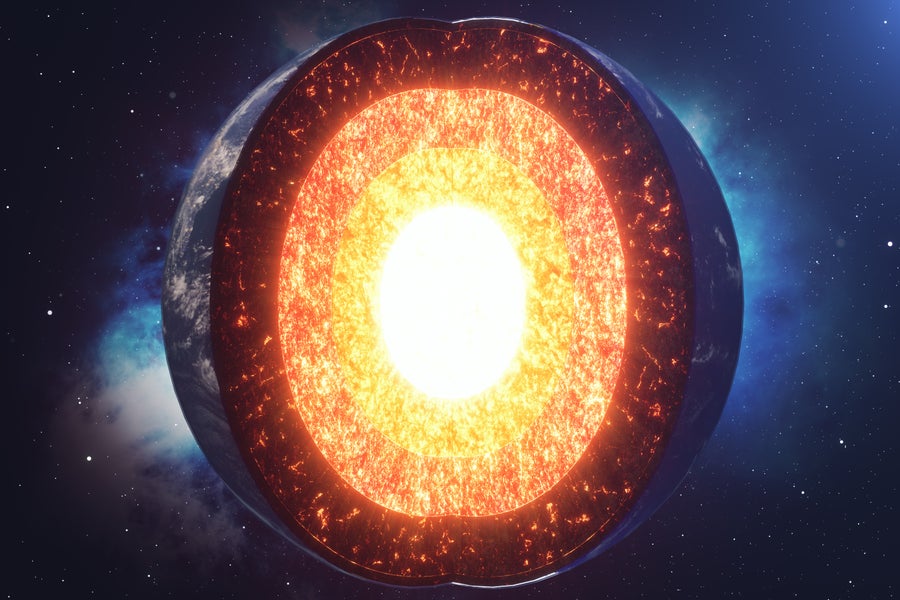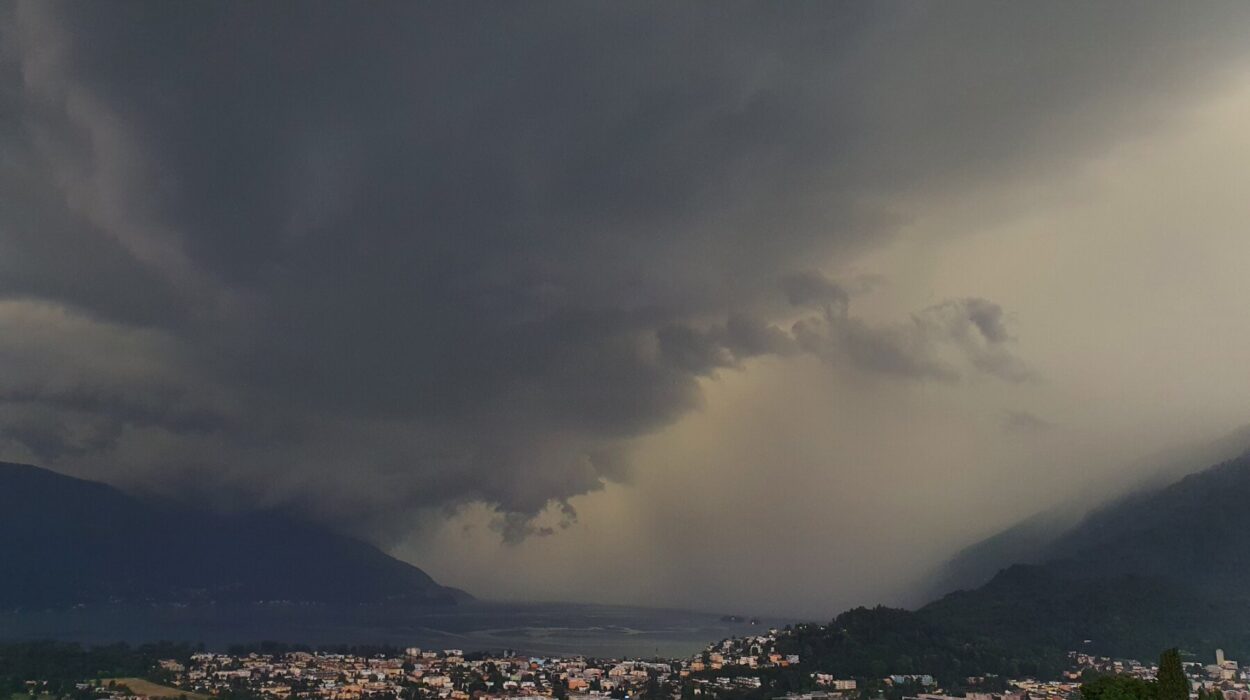It’s not just the heat you can feel—it’s the cold that’s disappearing.
High in the alpine reaches of western Canada, the U.S. Pacific Northwest, and the icy slopes of the Swiss Alps, a silent retreat is underway. The glaciers, once timeless giants of white stone and shimmering blue veins, are melting. But not slowly. Not gradually. They’re collapsing at a rate that’s outpacing our worst fears.
According to a sobering new study published in Geophysical Research Letters, glaciers across these regions lost a staggering 12% of their ice between 2001 and 2024. And the pace is accelerating. The study’s lead author, Brian Menounos—a glaciologist at the University of Northern British Columbia and chief scientist at the Hakai Institute—didn’t mince words: “Glacial melt is just falling off a cliff.”
This new research builds on a pivotal 2021 paper published in Nature, which showed glacial melting had doubled from 2010 to 2019 compared to the previous decade. But while that study sent shockwaves through the scientific community, this latest data suggests that the cliff edge wasn’t just ahead—it’s already behind us. We’ve already begun the plunge.
Melting on Two Fronts: Heat and Darkness
What’s causing the glaciers to vanish so quickly? It’s not just the warming temperatures we’ve long been warned about—it’s also the darkening of the ice.
Glaciers are nature’s mirrors. Clean snow and ice reflect most of the sun’s rays, a process known as the albedo effect. This reflective shield helps keep glaciers cool, even in warmer seasons. But when this surface becomes covered in dark particles—dust, soot, black carbon from wildfires—it absorbs heat like asphalt under a summer sun.
And in recent years, that’s exactly what’s been happening.
In Switzerland, Saharan dust carried by strong winds has settled on the glaciers, dimming their pristine white surfaces. In North America, the culprit is more local—and more alarming: wildfire smoke. The black carbon it carries blankets glaciers like a thermal coat, turbocharging the melt.
Nowhere was this more stark than on Haig Glacier in Canada’s Rocky Mountains. There, glacial darkening was responsible for nearly 40% of the ice loss between 2022 and 2023 alone. That’s not a minor contributor—that’s a major player in the glacier’s demise.
2023: The Year Everything Burned
The team behind the study combined satellite imagery with boots-on-the-ground observations to track what happened to 27 glaciers across three countries. The data painted a chilling picture.
“2023 was the year of record, no question,” says Menounos. That year marked the worst wildfire season in Canadian history, pumping unprecedented amounts of black carbon into the sky—and onto the ice.
Their research shows that albedo dropped significantly in 2021, 2023, and 2024, with the steepest declines in 2023. Less reflectivity meant more heat absorption. More heat meant faster melt.
The findings suggest that we’re missing a key element in how we model and predict glacial behavior. While climate models account for temperature, they often leave out the accelerating impact of impurities on ice surfaces.
That means our best predictions about glacier loss might be dangerously optimistic.
“If we’re thinking, well, we have 50 years before the glaciers are gone,” Menounos warns, “it could actually be 30. So we really need better models going forward.”
Why This Matters: More Than Just Ice
You might be tempted to dismiss this as another sad tale of a distant landscape vanishing from postcards and Instagram stories. But glacier loss is not just about aesthetics or tourism—it’s about survival.
These glaciers act like high-altitude reservoirs, slowly releasing meltwater that nourishes rivers, ecosystems, and communities below. In times of drought, they are lifelines. As they vanish, so does a critical buffer against water shortages.
The study notes that while glacier loss in the regions examined won’t meaningfully raise sea levels, the long-term impacts on freshwater supplies and aquatic ecosystems could be dire—especially in already drought-prone areas of the American West and parts of western Canada.
And then there’s the threat of glacial geohazards. As glaciers melt, they leave behind unstable lakes held back by fragile natural dams. These can burst, unleashing deadly outburst floods that wipe out valleys and infrastructure below.
“We’re looking at serious questions for society,” says Menounos. “What happens when the water doesn’t come anymore? What happens when a glacier-fed river dries up in August? What do we do then?”
The Ice Clock Is Ticking
For decades, glaciers were treated as symbols of slow change—eternal, majestic, cold. But they are now the canaries in our collective coal mine, vanishing in plain sight and warning of a warming world spiraling faster than models can calculate.
And here’s the chilling twist: even with all we know, we may still be underestimating how quickly it’s all unraveling.
Menounos and his team are calling for urgent improvements in climate modeling that include surface darkening effects and real-world data from on-site observations. Without this, policymakers may be relying on hopeful illusions rather than hard realities.
In the end, this story is not about glaciers. It’s about us.
Final Reflections
The disappearing ice isn’t just a loss for science—it’s a loss for memory, for identity, for humanity’s connection to the natural world.
It’s the shush of skis across fresh powder. The gasp at a gleaming blue crevasse. The cold breath of wind that smells like centuries of frozen time. And it’s the silence left behind when all of that is gone.
The glaciers are not just melting—they’re speaking. Urgently. Quietly. Finally.
The question is: Are we listening?
Reference: Glaciers in Western Canada‐Conterminous US and Switzerland Experience Unprecedented Mass Loss Over the Last Four Years (2021–2024), Geophysical Research Letters (2025). DOI: 10.1029/2025GL115235






